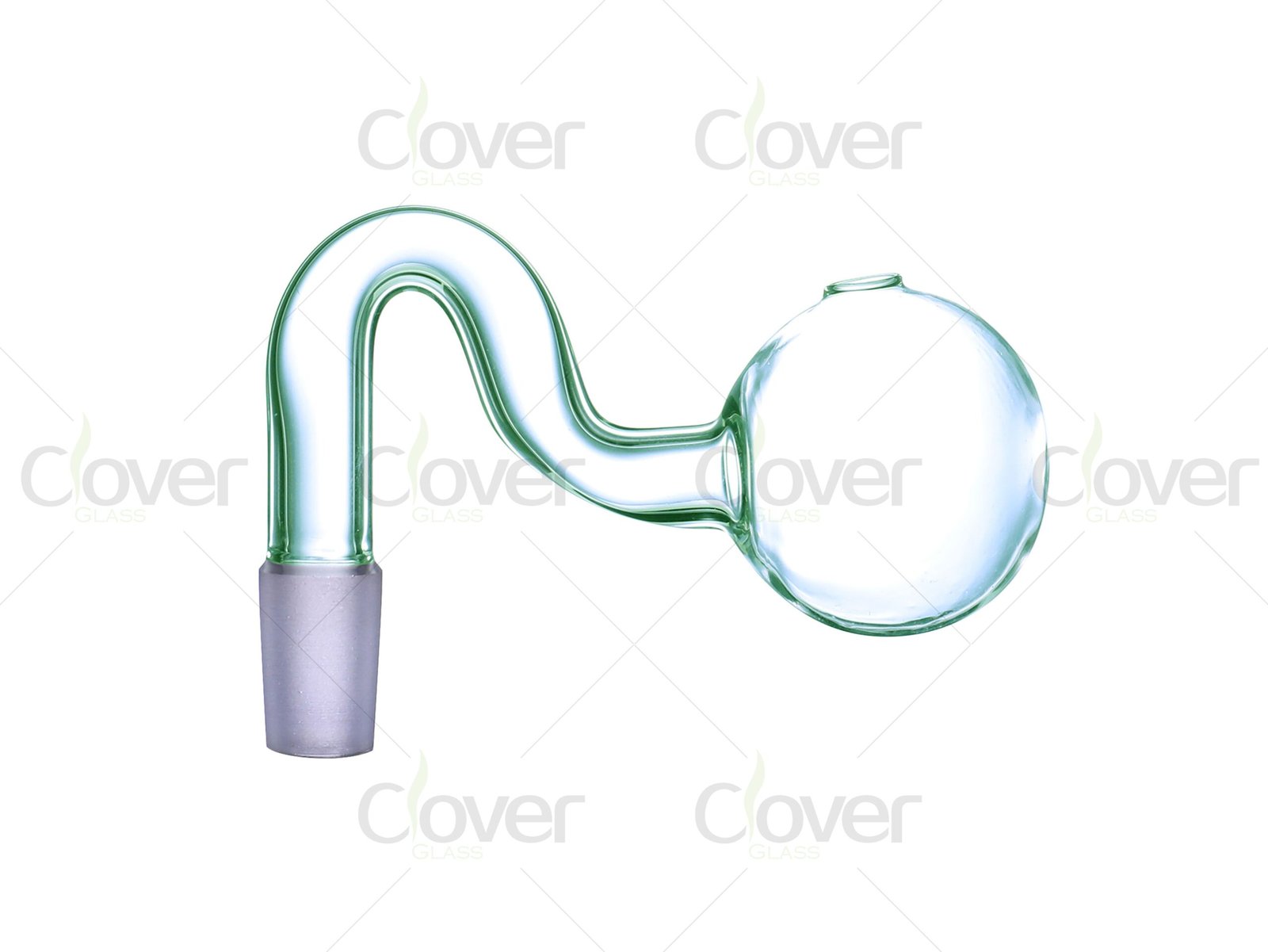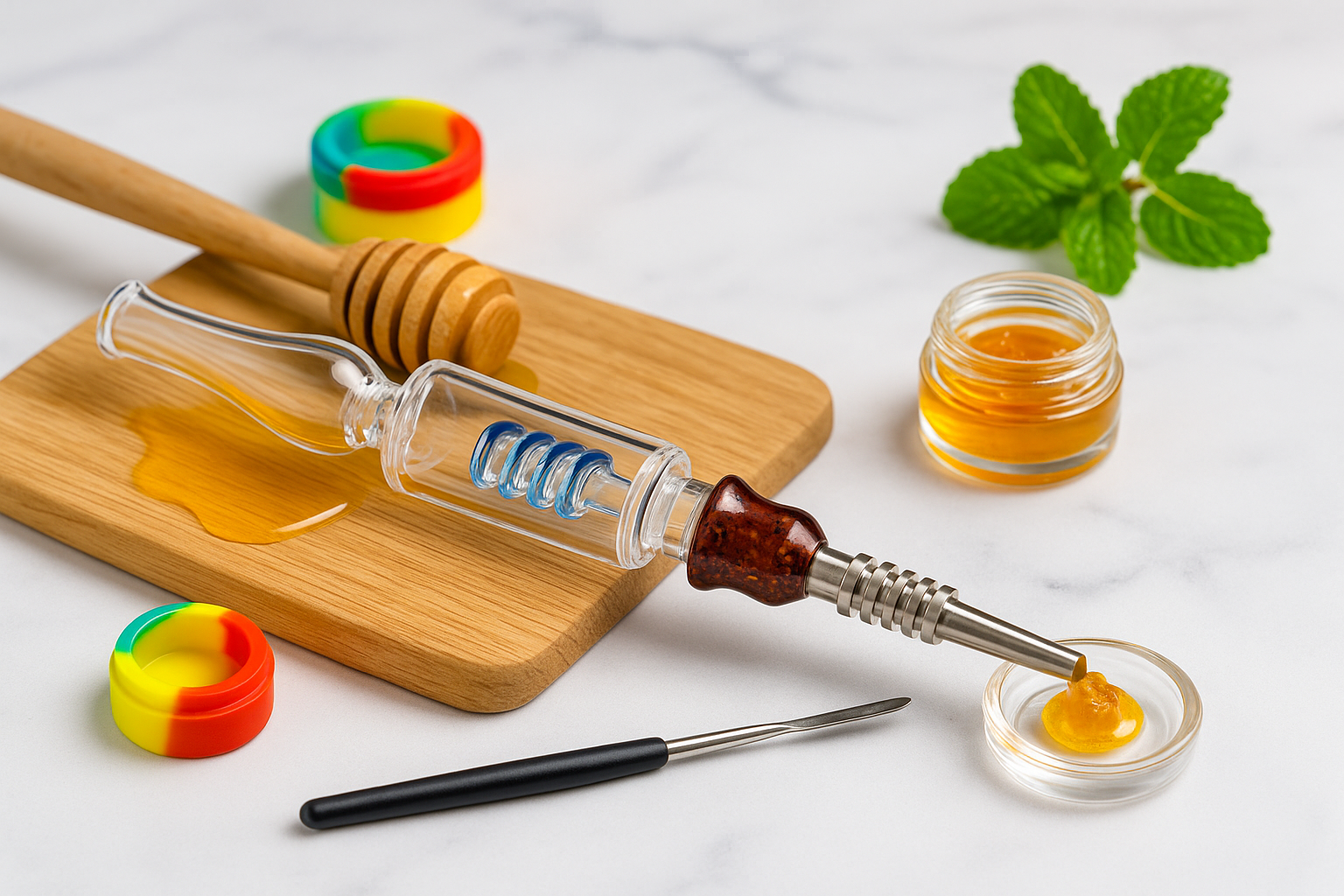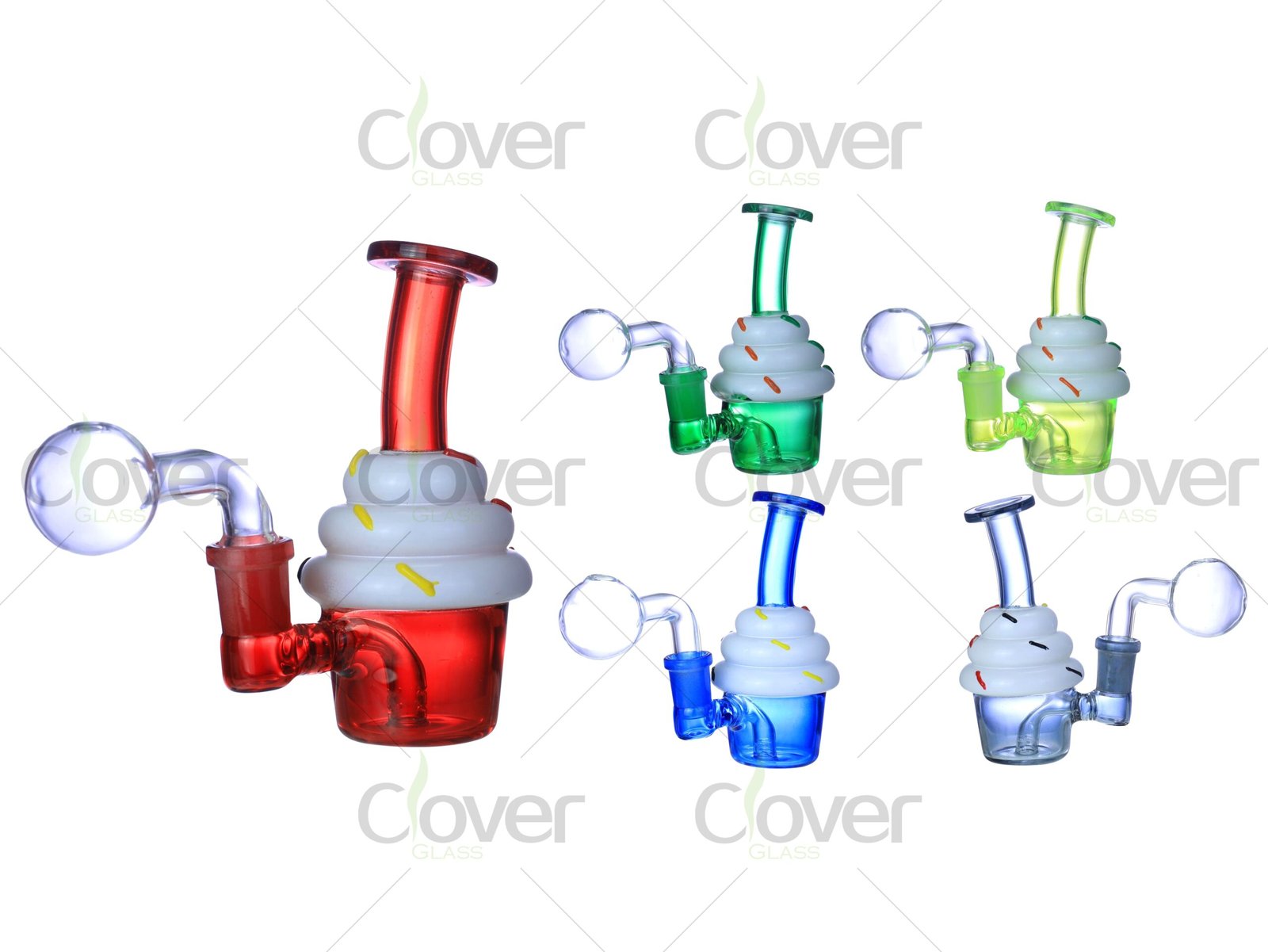What Types of Glass Oil Burner Pipe Are Best for Wax Wholesale Buyers?
Need a bullet-proof way to judge oil-burner pipes for wax? Feeling lost between bulb, straw, or mini-rig styles? I've got you—11 years on the torch and 10k SKUs in hand.
📖 Table of Contents
Core Materials & Construction
A single hairline crack will tank repeat orders faster than any ad campaign can recover. I pressure-cycle every lot from our 10-acre plant—torch to 700°C, ice bath, repeat—to weed out weak walls before they ever hit my LA racks.
Borosilicate Glass Pipes
Borosilicate glass oil burner pipes handle daily torching without "spider-web" fractures because the silica-boron mix lowers thermal expansion. At 3–4 mm wall thickness, my defect rate sits under 0.8%. Wholesale buyers love the $1.10–$1.60 landed cost range, making these the backbone of smoke-shop starter kits. Stock clear for budget lines; add milky-pink accents for a $1 uplift.
Quartz Oil Burner Pipes
Quartz clocks a 1,100°C softening point—about 400°C higher than boro—so heavy dabbers chasing "white-wall" vapor won't chazz the chamber. Expect a 25–40% price premium and slimmer margins, but nearly zero warranty claims. I bundle a free torch-temperature chart PDF with each carton to cut misuse returns.
Silicone-Coated / Hybrid Options
Hybrid burners wrap borosilicate with food-grade silicone. Result: drop protection up to five feet on shop floors (my QC drop-test benchmark). They're mother-approved for clumsy consumers but watch for flavor transfer above 280°C—include a usage card. MOQ sits at 500 pcs because of the dual-material cure process; lead time holds at our steady 20–25 days.
Quality Control Checklist
- Check wall thickness ≥ 3 mm
- Ask for Frank's thermal-shock video before PO
- Match material to torch BTU rating
| Metric | Borosilicate | Quartz | Silicone-Hybrid |
|---|---|---|---|
| Heat limit | 550 – 700°C | 1,100°C | 280°C (glass core higher) |
| Flavor purity | ★★★★☆ | ★★★★★ | ★★☆☆☆ |
| Break-resistance | ★★★★☆ | ★★★☆☆ | ★★★★★ |
| Landed cost (1-pallet) | Low | Mid-High | Mid |
OEM tip
Want your logo laser-etched? We sand-blast before silicone wrap so branding never peels.
Popular Shape Categories
Classic Bubble (Bulb) Burners
The globe head traps vapor so it cools before it hits the stem. Best-sellers sit at 25 mm diameter—easy to heat evenly. I keep 50k units in LA, ready to ship in 48 hours, MOQ one pallet.

Straight-Tube Burners
Zero chokepoints equals fast clean-out—ideal for terp sauces that leave crust. My veteran blower Li Wei fires these from 9 inch tubing; wall remains uniform, so no "hot rings" that cause fractures.

Nectar Collector / Dab-Straw Style
Users heat the tip, touch wax, inhale—no chamber. Great for travel kits and impulse buys (< $4 retail). Add quartz tips for upsell. We bundle 10% spare tips per case so your shelves stay full.

Mini Rig Burners With Built-In Chamber
Halfway between a rig and a burner. Integrated bubbler cuts throat hit; display one filled with colored glycerine for eye-catch. They retail $25–$40 and push your average basket up. OEM perks: free HD image pack before freight booking.

Joint & Size Options
14 mm vs 19 mm Connections
14 mm (a.k.a. 14/20) wins on compatibility and smaller torch zones. 19 mm boosts flow but needs thicker glass around the joint (I spec 4.5 mm). Pop a reducer adapter in each master carton; it costs me $0.18 and saves you angry emails.
Stem Length & Chamber Volume
Longer stems (10–14 cm) keep lips cool but invite glass knock-offs the shelves. Short 7 cm stems suit travel kits. Chamber volume influences reclaim; bigger bulbs mean more residue scraping—upsell silicone caps for storage. My QC rule: bulb ≥ 2 mm thicker than stem for balance.
Checklist for buyers
- Confirm joint gender (male/female)
- Verify stem length matches retail cases
- Order spare adapters (10%)
Safe Usage Techniques
Step-by-Step Heating Method
- Purge the bulb of dust
- Torch tip 20–40 s until faint orange
- Cool 45–70 s
- Load rice-grain wax
- Rotate for even melt
Torch 25s → Cool 60s → Load 0.1 g keeps surface temp under 450°C, avoiding carbonized reclaim.
Optimal Torch Temperature Range
Use butane torches set to blue inner cone 1 inch. IR gun readouts: 350–450°C sweet spot; quartz tolerates 650°C for "slush dabs" but warn about oxide buildup. I include a laminated temp chart—downloadable with every invoice.
Do You Need Water Filtration?
Water smooths harsh hits but invites thermal shock. My lab tests show 8% more breakage in water-filled mini rigs than dry bulbs. If you stock mini rigs, upsell glycerine coils—they cool vapor without water.
Risk notes
Over-heating causes micro-cracks—remind staff to demo cooldown. After-sales? Customers email a photo, I credit next PO within 24 h.
Frequently Asked Questions
Can I Use Essential Oils or E-Liquids?
Technically yes, but flavor sticks to glass pores and torches burn PG/VG unevenly. I label all shipments "for wax concentrates only" to manage liability.
How Long Does a Glass Oil Burner Last?
With proper torch discipline, borosilicate units survive 12–18 months of daily use; quartz stretches past two years. I replace any unit that cracks within 30 days—your rep risk is zero.
Troubleshooting Common Issues
- Cloudy bulb: soak 20 min in 91% ISO, rinse hot water
- Hairline crack: retire immediately; fracture propagates under heat
- Sticky joint: apply food-grade lube or swap O-ring
Remind end users: never clean hot glass with cold water—that's a physics lesson written in shards.
Conclusion
Smart inventory = fewer headaches. Lock in borosilicate for entry-level, quartz for heavy dabbers, and sprinkle in hybrids for drop-prone customers. Mix 14 mm and 19 mm joints, lead with bulb and straw shapes, and educate on torch timing. My LA warehouse can ship a mixed pallet in under a week, or we'll fire up an OEM run and land your logoed line in 45 days door-to-door.
Ready for the next step?
Get wholesale quotes, free samples, and start turning clear glass into clear profit with our professional glass oil burner pipes.
See you on the loading dock—coffee's on me.
❓ Additional FAQ
Q1: What's the best material for bulk oil burner pipes?
Borosilicate wins on cost-to-durability ratio. Quartz tops flavor and heat shock but costs more. Silicone-hybrids suit drop-prone users. I advise a 60/30/10 mix for most U.S. shops.
Q2: How many oil burner pipes fit on one pallet?
Standard 40 × 48-inch pallet stacks 2,400–2,800 borosilicate units in inner boxes, 1,800 quartz due to foam inserts. I can pre-label cartons with barcodes to speed your inbound.
Q3: Do you offer private-label packaging?
Yes. Send a vector logo, pick Pantone colors, approve sample in 4 days. Full run ships in 20–25 days, clears customs with my 100% compensation guarantee.
Q4: What torch temperature should I teach retail staff?
Instruct 350–450°C bulb surface temp. That's a 25-second medium flame on a 6,000 BTU butane torch, followed by a 60-second rest before loading wax. Print my free chart.
Q5: How do you handle transit breakage?
If a piece arrives cracked, snap a quick photo and email me. I credit your next PO or send replacements in your next pallet—no questions asked.
